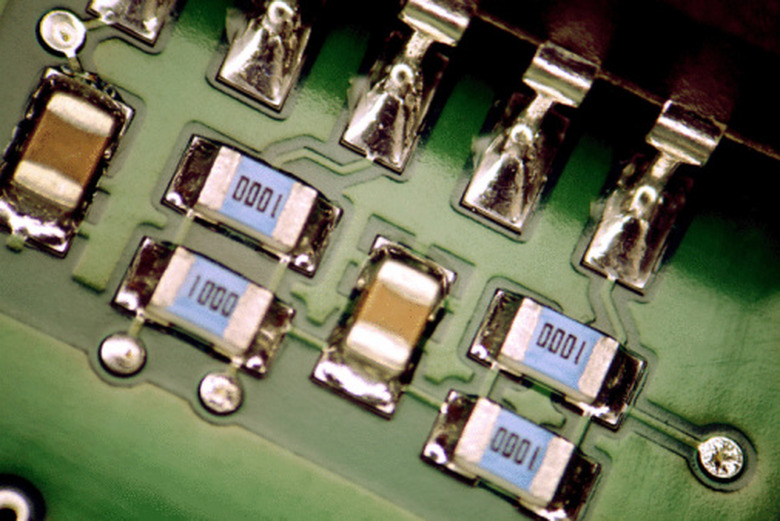Raw Materials Used In The Manufacture Of Electronic Components
The electronic devices used by millions of people daily are made of many tiny electronic components and those components are made from a variety of raw materials. These raw materials have special characteristics, ranging from superior conductivity to unmatched insulating properties, that make them perfect for use in electronic components.
Metals
Metals
Copper is often used for its excellent conductivity and malleability (the ability to be shaped and mashed). Nckel, chromium, aluminum, lead, silver and tin are also used. These metals go into components such as resistors, capacitors and transducers.
Plastics and Other Petroleum-Based Materials
Plastics and Other Petroleum-Based Materials
Plastics and other petroleum-based materials are used in electronic components mostly for their insulating and heat-resistant properties. Polystyrene, polyethylene terephthalate (PET) and polyvinylchlorate (PVC) are widely used in components such as capacitors and thermistors.
Minerals and Non-Metallic Materials
Minerals and Non-Metallic Materials
Silicon — considered a metalloid, or semimetal — is used in microchips and semiconductors. Other nonmetal or semimetal materials are antimony, bismuth, cobalt, fluorite, garnet, magnesium and talc.
Other Raw Materials
Other Raw Materials
Ceramics are used as insulators in a variety of electronic components. Certain clays, glasses, calcium (in various forms), gold and carbon (in various forms are also often used.
References
Cite This Article
MLA
Cato, Jeremy. "Raw Materials Used In The Manufacture Of Electronic Components" sciencing.com, https://www.sciencing.com/raw-used-manufacture-electronic-components-8053265/. 24 April 2017.
APA
Cato, Jeremy. (2017, April 24). Raw Materials Used In The Manufacture Of Electronic Components. sciencing.com. Retrieved from https://www.sciencing.com/raw-used-manufacture-electronic-components-8053265/
Chicago
Cato, Jeremy. Raw Materials Used In The Manufacture Of Electronic Components last modified March 24, 2022. https://www.sciencing.com/raw-used-manufacture-electronic-components-8053265/
